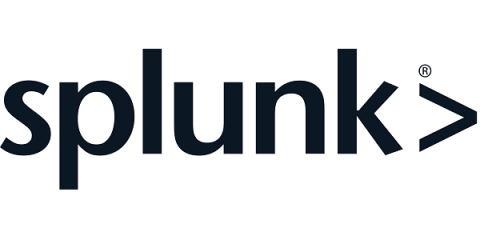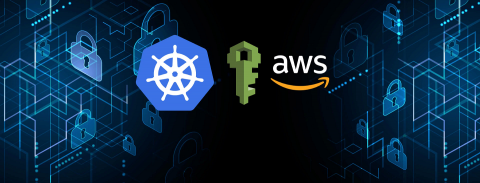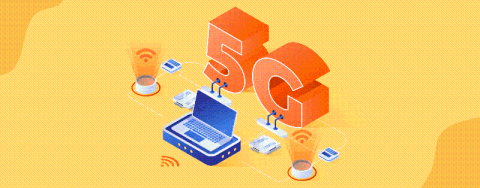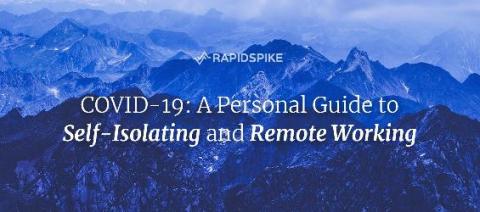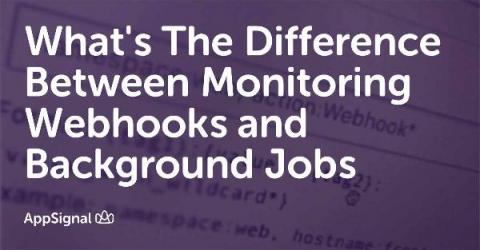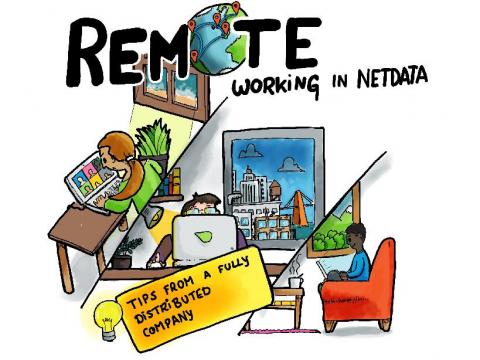Nearly 1,000 organizations worldwide implement ServiceNow's free emergency response apps
On March 16th ServiceNow released four emergency response apps free of charge to help organizations manage through the COVID-19 pandemic. To date nearly 1,000 different organizations have started leveraging these apps to assist their employees during the crisis. They include federal and state agencies as well as hospitals and healthcare organizations. ServiceNow is working with its partners, including Accenture, Deloitte, DXC Technology, EY and KPMG, to distribute and support the apps.





